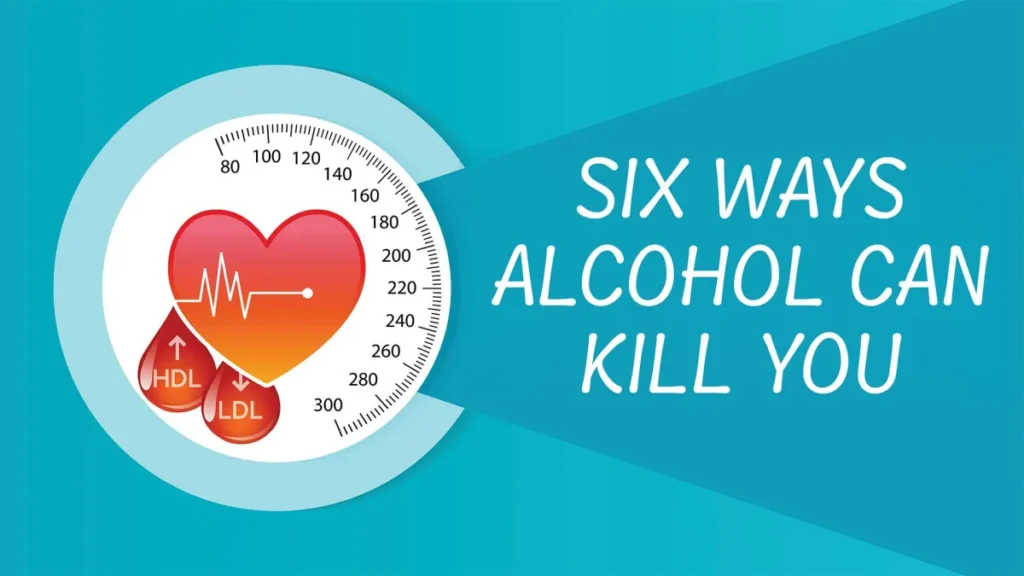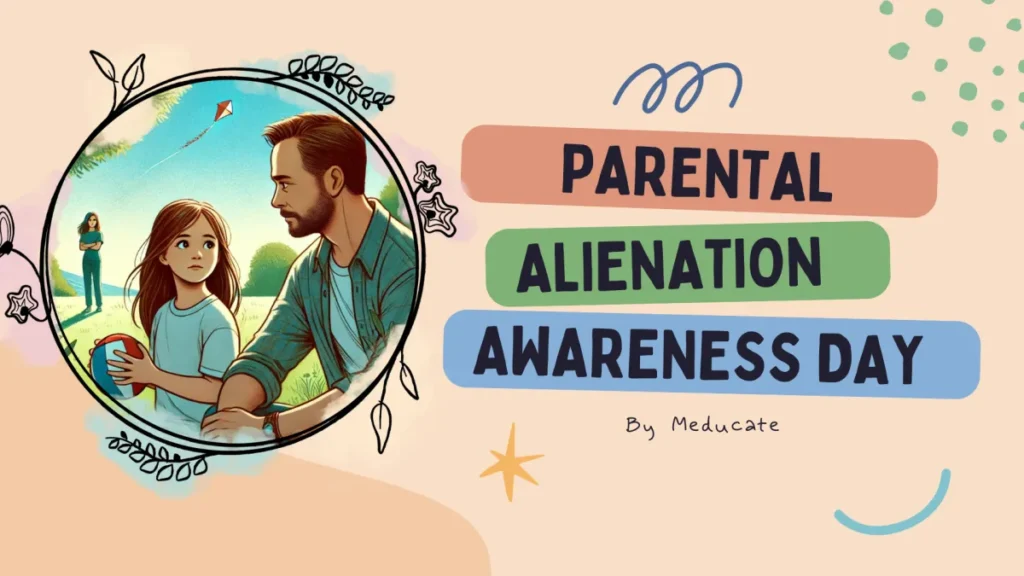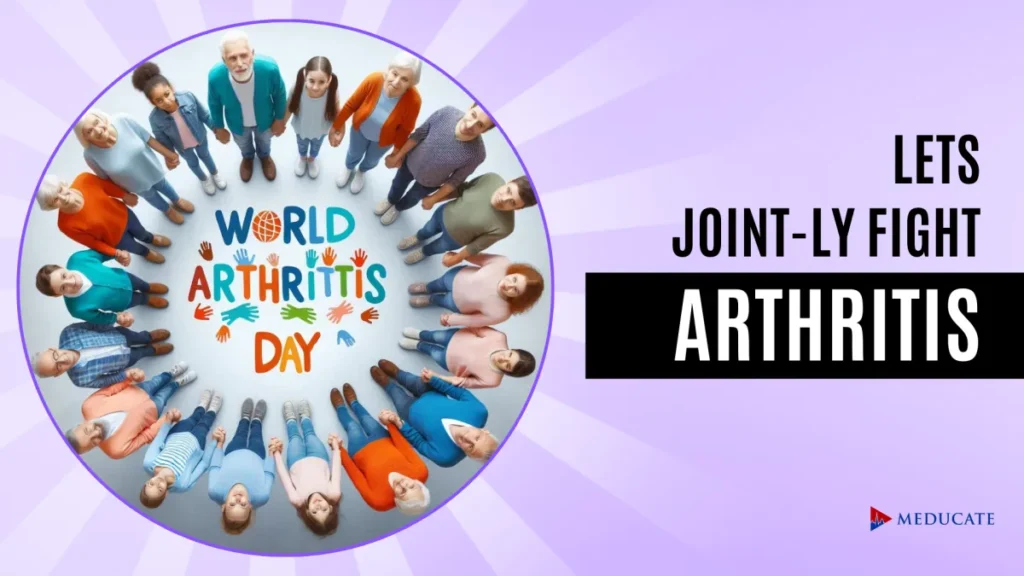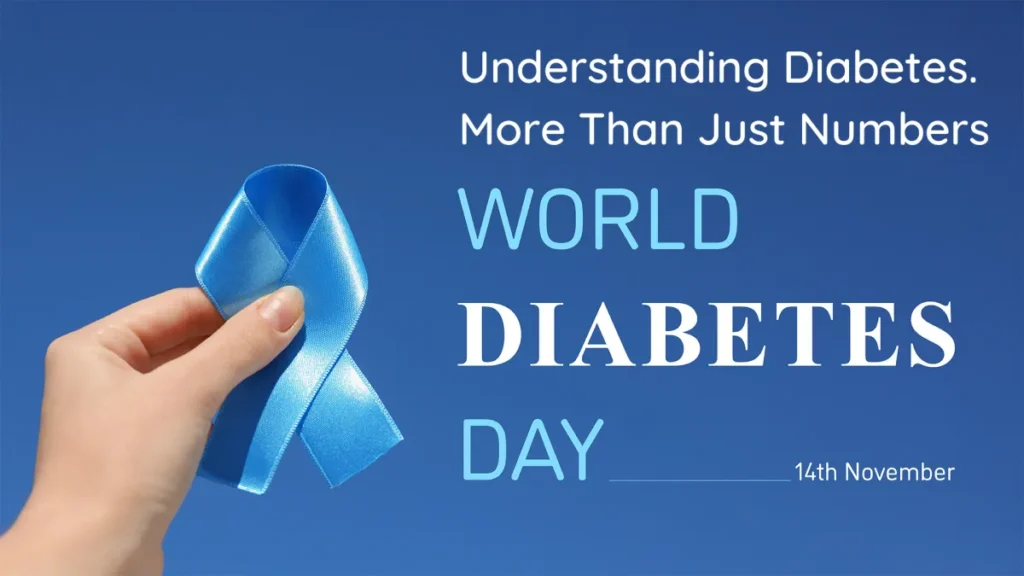Purple September: Uniting for Alzheimer’s Awareness
Embracing Awareness:
The Significance of World Alzheimer’s Month
Every September, the global community unites under the banner of World Alzheimer’s Month, an international campaign aimed at shedding light on Alzheimer’s disease and other forms of dementia. This initiative not only seeks to raise awareness but also to challenge the stigma surrounding these conditions, promote critical research, and support those grappling with dementia’s daily realities.
Why September Matters
World Alzheimer’s Month was established to bring attention to a condition that, while not a normal part of aging, predominantly affects older individuals. Alzheimer’s disease, the most common cause of dementia, leads to the progressive decline of cognitive functions, impacting memory, thinking, and behavior. With the world’s population aging, the urgency to address Alzheimer’s has never been greater.
The 2024 Theme: Time to Act on Dementia
This year’s theme, “Time to Act on Dementia,” emphasises the need for immediate action. Posts on platforms like X reflect a growing call to action, highlighting events like panel discussions, memory walks, and motorcycle parades aimed at showing support and raising funds. The theme resonates with the idea that awareness is just the beginning; action in research, support, and policy change is crucial.
Raising Awareness: More Than Just a Month
Throughout September, various activities take place worldwide:
-
Awareness Campaigns: Organisations encourage wearing purple, the color symbolising Alzheimer’s awareness, to spark conversations about the disease.
-
Fundraising Events: From the Longest Day event on the summer solstice to local community fundraisers, these events fund research and care services.
-
Educational Initiatives: Workshops, online campaigns, and social media movements like taking the “Purple Pledge” aim to educate the public about Alzheimer’s, its signs, and its impact.
-
Support for Caregivers: Recognising the toll on caregivers, special focus is given to providing resources, support groups, and respite care information.
The Global Impact
The significance of World Alzheimer’s Month extends beyond awareness. It’s about:
-
Fostering Research: Encouraging participation in clinical trials and research studies to find better treatments or a cure.
-
Changing Perceptions: By discussing dementia openly, society can move towards reducing stigma and misunderstanding, making life easier for those diagnosed and their families.
-
Policy Influence: Increased awareness can lead to better healthcare policies, more funding for research, and improved care practices.
How You Can Get Involved
-
Participate in Events: Join walks, runs, or discussions in your community.
-
Educate Yourself and Others: Learn the signs of Alzheimer’s and share knowledge with friends and family.
-
Support Research: Donate to Alzheimer’s research organisations or participate in studies if eligible.
-
Be an Advocate: Use social media to spread awareness, using hashtags like #WorldAlzMonth or #TimeToActOnDementia.
World Alzheimer’s Month isn’t just about wearing purple or remembering facts about dementia; it’s a call to action. It’s about understanding, compassion, and the collective effort to make strides towards a world where Alzheimer’s disease can be prevented, effectively treated, or even cured. As we move through September, let’s not only raise our voices for awareness but also extend our hands in support and our minds towards solutions.










